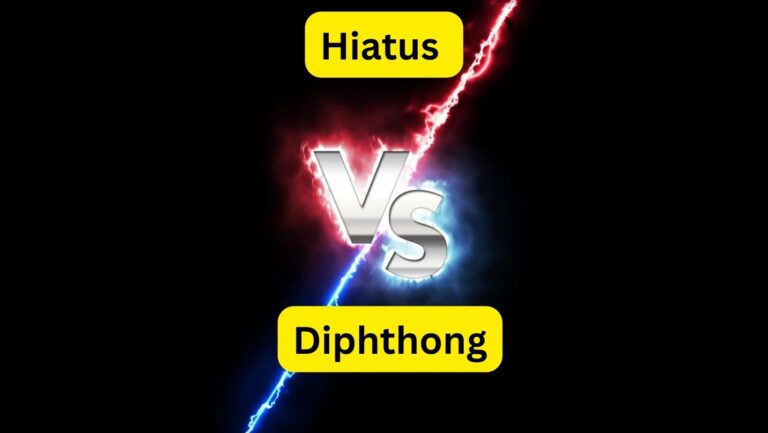
You might have heard the expressions equation and expression a lot in mathematics. Because they combine number and/or variable, many people misunderstand an expression for an equation. These two mathematical terms may not be the same. The difference lies in how they are arranged, which explains what they mean. It is easiest to determine if a problem is an expression, or an equation.
It is considered an expression if it doesn’t contain the equal to (=), sign. It can contain numbers, variables, and operators that show the value of something.
Difference between Expression and Equation
This article will explain the differences between expression and equation. But let’s check below what is expression and equitation.
What is Expression
An expression in mathematics is a phrase that combines numbers (constants), letters (variables), or their combination joined with operators (+, +, *, /) to represent the value. An expression can be either arithmetic or algebraic.
It does not contain the equal to (=), sign, which means it doesn’t show any relationship. It does not have a left or right side. A simplified expression can be created by adding the terms together, or it can also be evaluated and values added to the variables to get a numerical value. Examples: 9x + 2, 9x + 9, 3p + 5 and 4m + 10.
What is Equation
The term equation is used in mathematics to mean a statement of equality. It’s a sentence where two expressions are equal. It is necessary to find the value of the variable in order to satisfy an equation. This is called the root or solution of the equation.
An equation can either be conditional or identity. If an equation is conditional, the equality of two expressions holds true for any definite value of the variable. If the equation is an identity, however, the equality holds for all values of the variable.
These points summarize the important differences between expression and equation.
- Expression is a mathematical phrase that combines numbers, variables and operators to display the value of something. An equation can be described as a mathematical statement that contains two equal expressions.
- An expression is a fragment of a sentence that represents a single numerical value. An equation, on the other hand, is a sentence that shows equality between two expressions.
- Through evaluation, we can substitute values for variables to simplify the expression. An equation can be solved in the opposite way.
- An equal sign (=). indicates that an equation is being represented. An expression, on the other hand has no relation symbol.
- A two-sided equation has an equal sign that separates the right and left sides. An expression that is only one-sided is not like the other. There is no demarcation of left or right.
- An expression’s answer can be either an expression, or a numerical value. The equation could only be true, or false.
The above explanation shows that there is a significant difference between the two mathematical concepts. An equation shows relationship, while an expression doesn’t. An equation has an ‘equal sign’ which means it can show solution or end up representing the variable’s value. An expression does not have an equal sign. Therefore, it cannot display the value of the variable.






